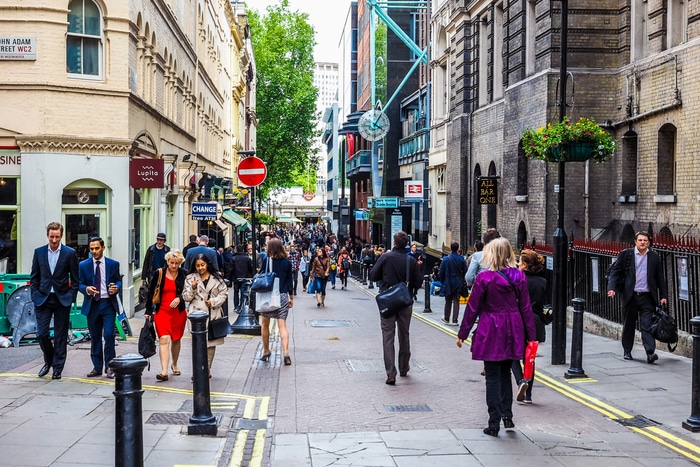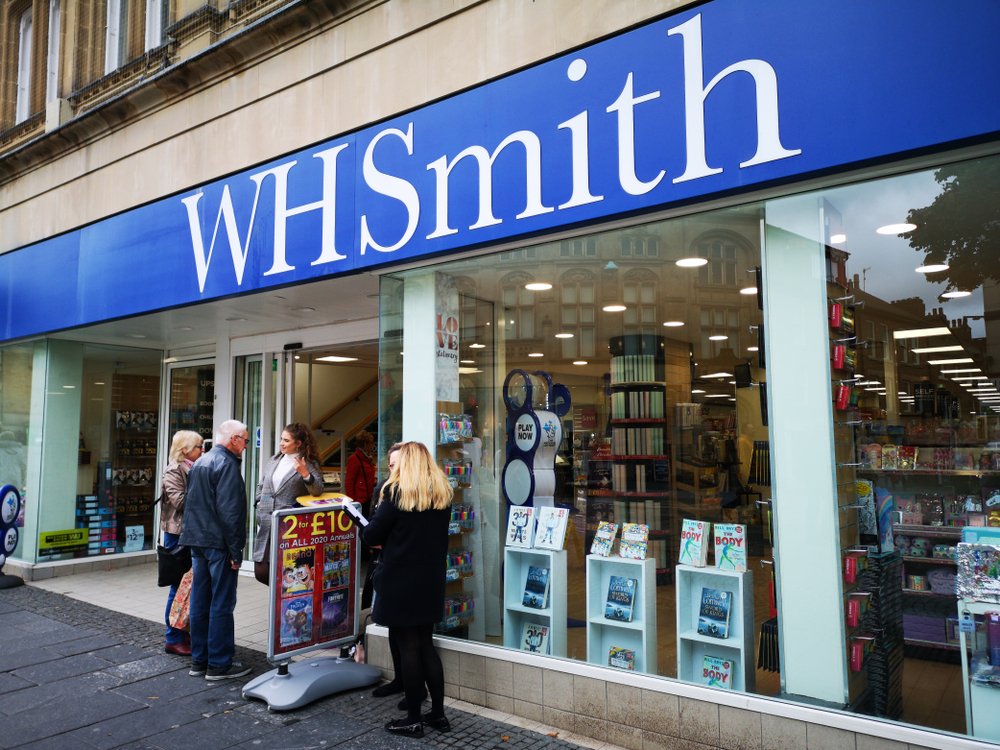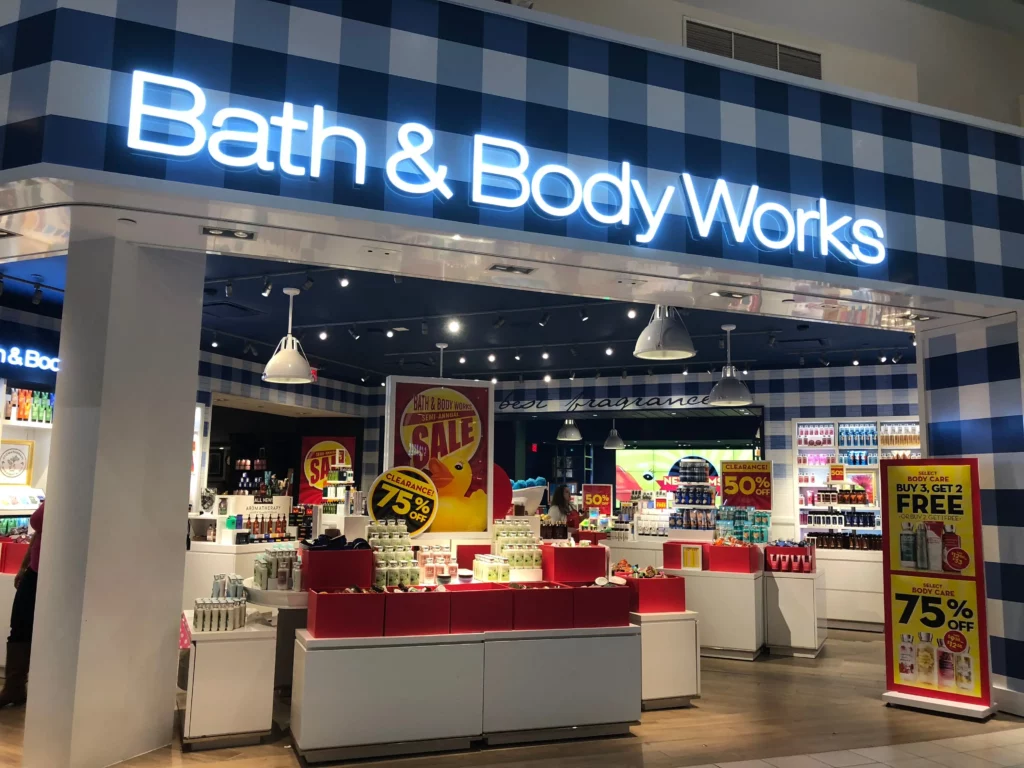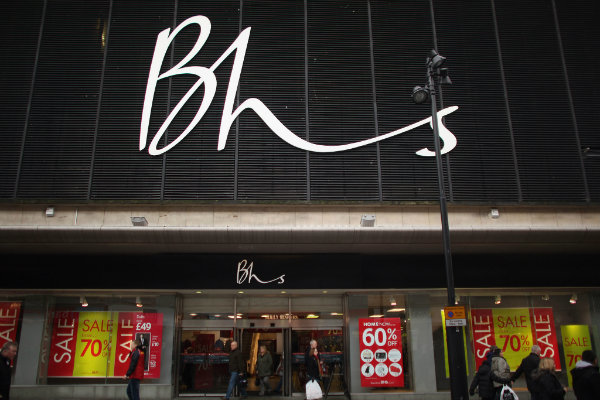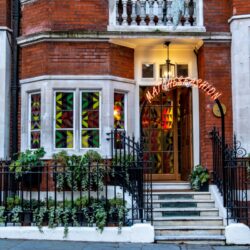UK retail endured its 11th month of footfall decline as consumers held out for the Black Friday sales and Christmas shopping discounts.
According to the latest BRC-Springboard Footfall and Vacancies Monitor, footfall in October fell two per cent year-on-year.
This was an identical fall to that recorded in October 2017 but a deeper decline than September 2018 when footfall fell by 1.7 per cent.
High street footfall fell by 2.3 per cent, the third consecutive month of decline, while retail parks had a 0.2 per cent dip in footfall after two months of positive growth.
However, shopping centre footfall decline deepened to 3.3 per cent from 2.5 per cent in September, and marked 19 months of consecutive decline.
READ MORE:
The BRC said that while these numbers reflect the ongoing trend of declining footfall, there were signs that consumers were waiting for Black Friday and seasonal discounts before visiting shops.
Meanwhile, the national town centre vacancy rate was 9.6 per cent in October 2018, an increase on a year ago when the rate was 9.3 per cent.
“October showed another month reflecting the continued long-term decline in footfall,” BRC chief executive Helen Dickinson said.
“This trend is primarily driven by a move from in-store to online purchases. With retail becoming more digital, physical shopping locations are working to reinvent themselves as places people go for days-out rather than just for day to day purchases.
“Nonetheless, the vacancy rate is at a 15-month high, with many brands disappearing from the high street, and many more struggling under the cumulative burden of public policy costs.”
Springboard insights director Diane Wehrle said: “Not only does [October’s footfall] reflect the ongoing challenges that the retail sector is facing but, as importantly, with the decline becoming larger in every month since June, it is illustrating that the challenges for retailers have been increasing as we moved through the year.
“The rate of decline in October was a fifth greater than the 1.7 per cent drop in September demonstrating that consumer demand is continuing to weaken which, as we head into the key trading period of the year, suggests that Christmas could be challenging.
“At the same time, while the UK vacancy rate has risen marginally to 9.6 per cent from 9.2 per cent in the last quarter, it still remains below 10 per cent as it has done in all but one quarter since July 2015.
“This is further evidence that the offer in bricks and mortar destinations is shifting to better accommodate continued consumer demand for experience-led visits.
“The catalyst was the growth in demand for hospitality and, while this is continuing despite the fact that the growth in eating out visits has slowed since the heady days of 2015, it has opened up opportunities for the introduction of more diverse experience and leisure-led propositions in destinations that ultimately may well broaden the definition of retail.”
The figures indicated that Northern Ireland was the only region in the UK to have recorded footfall growth, and in terms of vacancies rates it experienced the highest improvement from 14.4 per cent in July to 13.3 per cent in October.
Meanwhile, Greater London increased its vacancy rate by a whole percentage point from four per cent in July to five per cent in October, though it remains the region with the lowest vacancy rate in the UK.
Dickinson said the government’s recent Budget was a missed opportunity to end the rising costs of business rates that retailers have had to shoulder for the past year or so.
“With the rates multiplier now set to rise to over 50 per cent, the government should reflect on the impact it is having on our high streets and plan for a wholesale reform of our broken business rate system.”
Click here to sign up to Retail Gazette‘s free daily email newsletter

